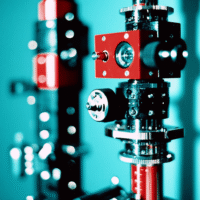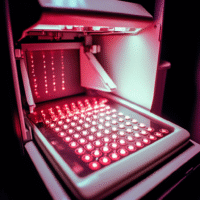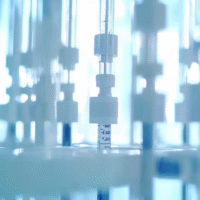Understanding the Clareon Toric Intraocular Lens Clinical Trial
What Was the Purpose of the Trial?
The trial aimed to study how well the Clareon toric intraocular lens (TIOL) stays in place and how it performs over time, especially regarding its tilt and position after surgery.
Key Findings of the Research
- Low Tilt and Decentration: The average tilt and movement from the center of the lens were low at both 1 week and 6 months after surgery, which is good for maintaining clear vision.
- Stable Performance: The lens showed strong stability in position, with only minor changes observed over the 6-month period.
- Improved Vision: Patients achieved good intermediate vision (about 20/30) at 6 months, meaning they could see well without glasses at a distance of 66 cm.
What Does This Mean for Patients and Clinics?
These results suggest that the Clareon TIOL is a reliable option for patients needing lens implants after cataract surgery. The low tilt and good visual outcomes indicate that patients can expect stable and clear vision.
Practical Steps for Clinics
- Monitor Patient Outcomes: After using the Clareon TIOL, clinics should track tilt, decentration, and patients’ visual acuity at regular follow-ups.
- Integrate Technology: Clinics can use AI tools for enhanced imaging and tracking of lens position over time.
Measurable Outcomes to Track
- Lens tilt and decentration measurements at various follow-up points.
- Patient-reported visual clarity and satisfaction.
- Any complications or changes in vision quality over time.
How to Start Applying This Information
- Educate Staff: Provide training on the Clareon TIOL and its benefits.
- Begin with a Small Group: Start using it with a few select patients to gather initial data.
- Expand Gradually: Use findings to improve comfort and outcomes for more patients over time.
Learn More About the Research
For a detailed look at the study, please visit this research link.






























